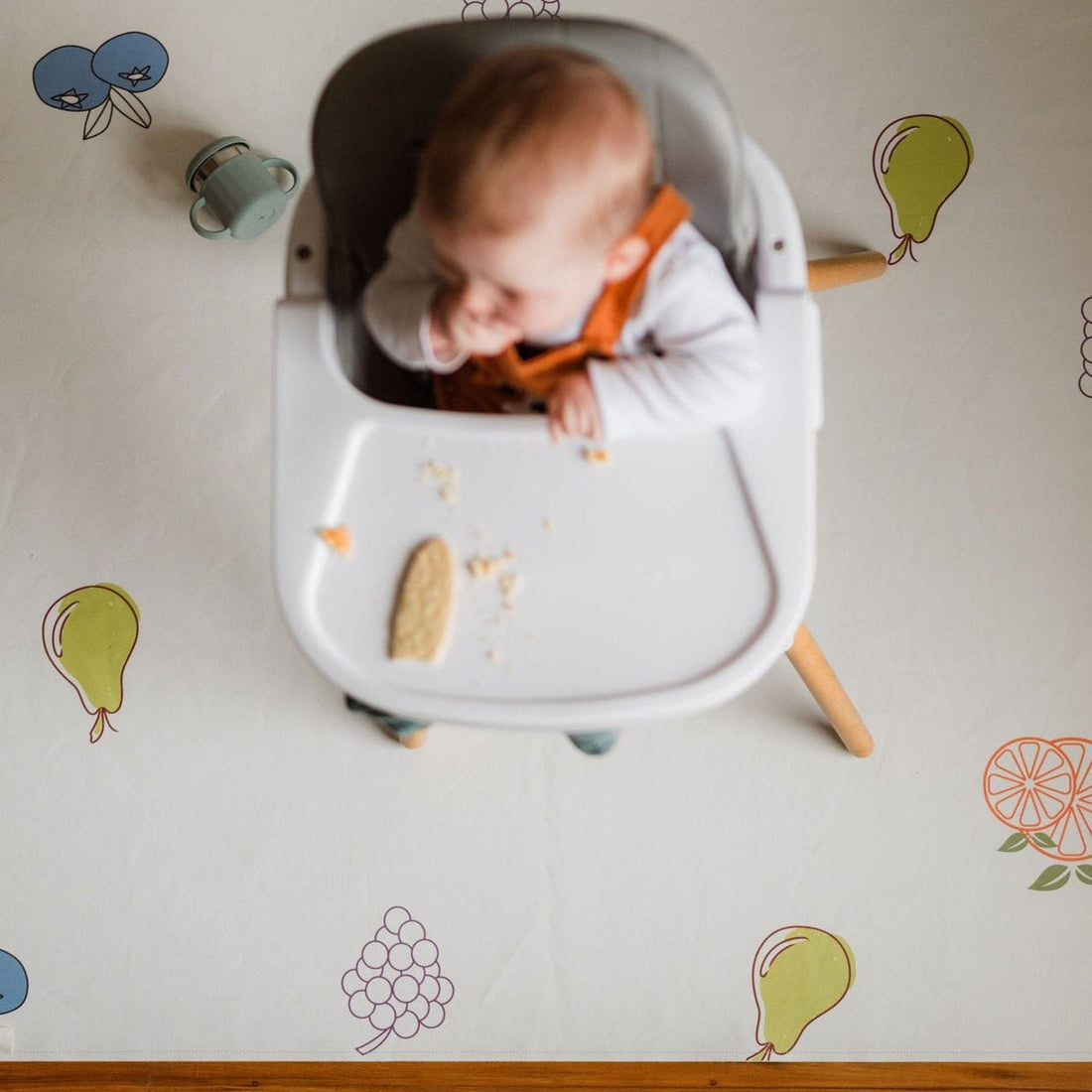
How to best Serve Foods to my little one based on Age and Readiness!
Share
As a parent, you want to make sure your little one is getting the right nutrition at every stage of their development. One important aspect to consider is how to best serve foods to your child based on their age and ability to chew and eat (and not to mention the best materials to serve them in - Stainless Steel Dinnerware for the win!). I personally found this difficult when i was a new mum and found i got anxious at points, not knowing how my babies would deal with it, and what was normal. Here are some tips to help you navigate this important aspect of your child's growth:
When to Introduce Solid Foods
Introducing solid foods to your baby is an exciting milestone, but it's important to wait until they are developmentally ready. Most babies are ready for solid foods around 6 months of age, but every child is different. Look for signs of readiness such as sitting up with support, showing interest in food and being able to move food from the front of the mouth to the back for swallowing. I remember with my two boys the signs were obvious! Especially if you were eating food in front of them and they would keep staring at you and trying to reach for it.
Choosing the Right Textures
When starting solids, begin with pureed foods to help your baby adjust to the new textures and serve it in an ease baby stainless steel suction bowl. As your child grows and develops their chewing skills, you can gradually introduce more textured foods such as mashed combinations of food, soft fruits, cooked vegetables (cooked enough that you can squish them in-between two fingers), and finely tender chopped meats. Pay attention to your child's cues and adjust the textures of the foods accordingly.
Encouraging Self-Feeding
As your child becomes more independent, encourage self-feeding by offering age-appropriate finger foods that are easy for them to pick up and eat. This can help develop their fine motor skills and promote self-confidence. Start with larger pieces that are easy to grasp (as a rule make them the same size as a finger!) and gradually move to smaller pieces as your child's coordination improves.
Supervising Mealtime
It's important to supervise your child during mealtime to ensure they are eating safely. Avoid foods that pose a choking hazard such as whole grapes, nuts, popcorn, and hard candies. Cut foods into small, bite-sized pieces (depending on their age and ability) and teach your child to chew thoroughly before swallowing - i like to imitate me chewing food while pointing to my mouth to show them how it's done. Babies are smart and will copy you!
Being Patient and Supportive
Every child develops at their own pace, so it's important to be patient and supportive as your little one learns to eat different foods. Offer a variety of nutritious options (fruit & vegetables are always great options!) and let your child explore new flavours and textures at their own pace. Your child also might want to throw their food around, and you should let them! I know it's a messy job but it's how they learn. You will always have to go through the messy stage to get to the neat stage! Plus that's exactly what our ease baby vegan leather waterproof mess mat is for - for those messy stages! Remember, mealtime should be a positive and enjoyable experience for both you and your child.
By keeping these tips in mind and considering your child's age and chewing abilities, you can lay the groundwork for healthy eating habits that will last a lifetime. I also hope this brings you confidence as a mum, offering the reassurance you need to make mealtime enjoyable and less overwhelming. Cherish this special time with your little one as you explore the exciting world of food together!